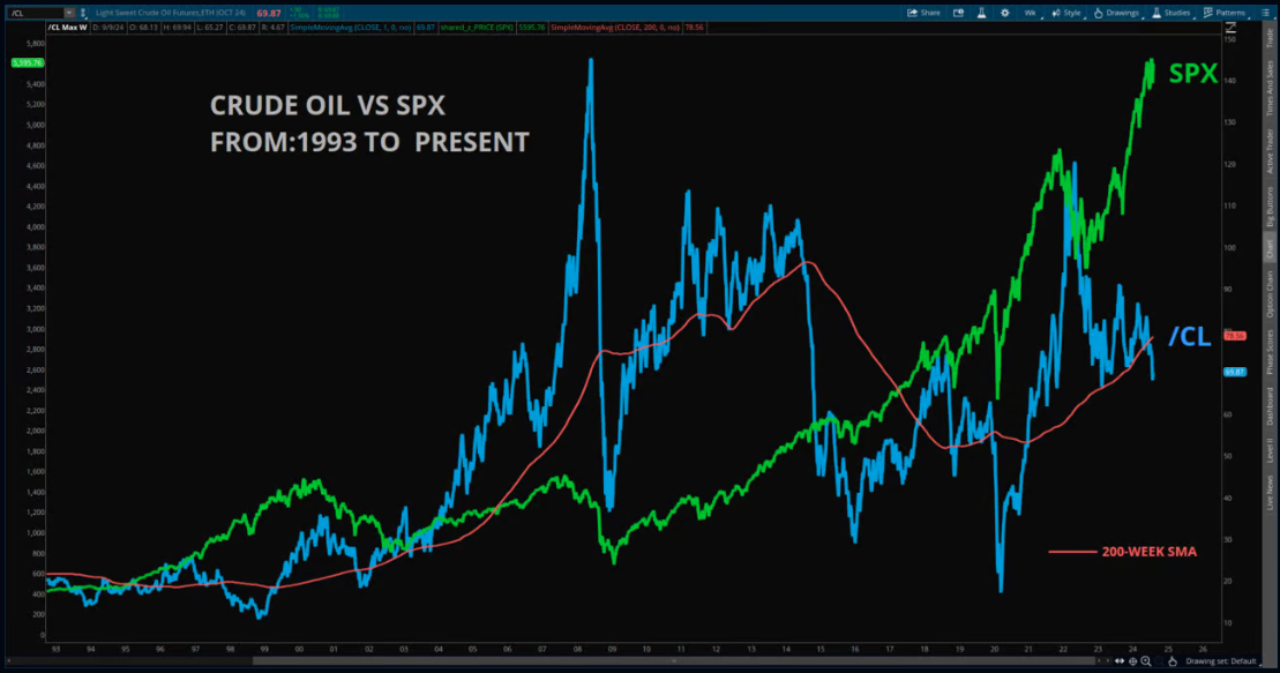
Market Minute: Stopping the Leak in Oil Prices
Crude oil prices have bounced 6% off the lows from earlier this week after a dramatic decline since the end of August, leaving many analysts puzzled as to why. Lately, the oil market has resembled a boxing match, with one fighter being beaten badly, just waiting for the bell to ring to regroup and strategize for a comeback. Similarly, several key events have come to light this week that you should pay attention to that may allow energy stakeholders the opportunity to tighten supply.
Analysts expect Russia's idle oil refining capacity to spike significantly in September due to seasonal maintenance, service outages, and the impact of Ukrainian strikes on Russian energy infrastructure. A reduction in refining capacity should, in theory, boost prices by tightening supplies. While Ukrainian attacks on Russian refineries and oil depots have certainly disrupted energy infrastructure, most of these strikes have targeted facilities supporting front-line war efforts. However, these strikes may soon expand. Reports from Bloomberg suggest that the United States and the U.K. are discussing the potential approval for Ukraine to use of U.K. cruise missiles and U.S.-provided missile guidance data for strikes on Russia proper. Keep an eye on these developments, as they could also impact the natural gas and grain markets.
Meanwhile, Russia may be covering for China, where weak import volumes of energy products are raising concerns that China’s economic problems could be more severe than the government is reporting. I know, not surprising at all.
Hurricane Francine, which disrupted Gulf production, refining, and logistics operations, has also added a small premium to crude prices this week. With six major refineries halting production due to the storm, the effects are expected to show up in industry data over the coming weeks, possibly indicating a short-term supply squeeze. Refiners may also use this downtime to accelerate maintenance plans ahead of the winter season, citing the storm as a reason for doing so. In the next few weeks, any significant drop in capacity utilization rates, outside of seasonal norms, could contribute to price stabilization.
The significant slide in prices is an item that all traders should have on their radar over the coming weeks. Traditionally, the continued price decline below the 200-week simple moving average could foreshadow a broader economic signal of consumption slowing across multiple sectors which could bleed over into equity valuations.
Featured clips

OpenAI Seeks Near-Double Valuation, Micron (MU) Has Price Target Halved
Next Gen Investing
► Play video


Adobe (ADBE) to Signal "Bull Market for Second Derivative A.I. Companies"
Morning Trade Live
► Play videoCharles Schwab and all third parties mentioned are separate and unaffiliated, and are not responsible for one another's policies, services or opinions.

